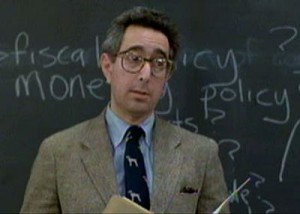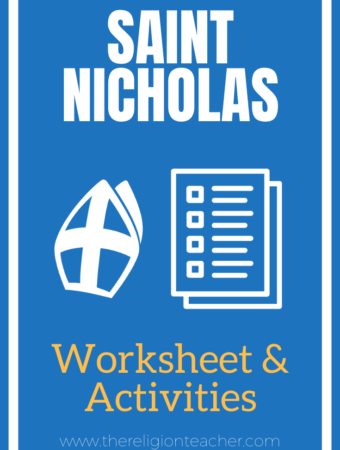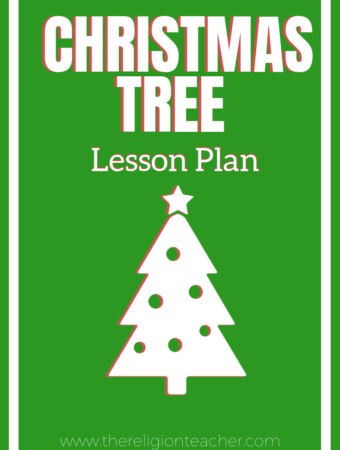One reason I wrote the e-book, The Religion Teacher’ Guide to Lesson Planning, was that I witnessed many teachers and catechists making the same lesson planning mistakes over and over again. I don’t blame them. Religion teachers tend to have limited opportunities for training in education. Most of them have other strengths and their example as model Christians makes them excellent teachers.
Are you making the following mistakes? I have and sometimes I still do. They are bad habits that all of us need to avoid at all costs. If you need some help with this, sign-up for The Religion Teacher’s Guide to Lesson Planning. It is completely free.
Mistake: Your lesson plan is a list of busy work.
Teachers tend to focus on what students are working on in a lesson rather than what they are working towards. I see a lot of lesson planners that look like calendars with a bullet point list of things to fill up the time with no goal in mind.
Create lesson objectives that describe what you want students to be able to do as a result of what they learn. These lesson objectives or learning objectives should begin with the sentence starter: “Students will be able to…” With this goal in mind you can start to adjust what the students do in order reach this objective.
Mistake: You teach whatever you want.
Teachers love freedom. In theory, you could teach whatever you want. However, most schools and dioceses have a curriculum or at least purchase a series of textbooks that detail what teachers and catechists should teach. Find out what that is and follow it. This way you stay true to the Catechism and the Church’s teachings.
Mistake: Your lesson plan describes teaching not learning.
Is your lesson plan a description of what you do or what your students do? I’m guessing it describes a lot of what you will teach rather than what students will learn. Make sure that with every teaching strategy you use, you think ahead about what students will be doing to organize the new knowledge you are teaching. The acronym PROCESS is a helpful guide here. Here is ho we learn:
P – Prior Knowledge
R – Receive New Information
O – Organize the New Information with the Prior Knowledge
C – Clarification and Critical Thinking
ESS – Assessment
Most teachers don’t focus on how students will receive and organize new information. Instead they focus on how they will send it. Think ahead and imagine how students will receive the information that you present. More importantly, consider what you will give them in the form of graphic organizers or some other note-taking strategies that will allow them to organize new information effectively.
Mistake: You never assess what students have learned.
When I talk about assessment, I’m not necessarily talking about tests. There are a number of assessment types including formative assessment (which you should be using frequently), summative assessment (quizzes and tests), and authentic assessment (projects that provide meaningful experiences).
Don’t plan elaborate lessons without thinking about how you will check on what they have learned. Think about testing as not a grading of their work, but a test of the strategies you used to get students to reach an objective or pass a test. If students fail, adjust your strategies and reteach the information.
Mistake: You never challenge student to think critically.
Are all of your tests multiple choice? Do you ever have students ask why? I’m sure you do, but all too often we tend to focus on definitions, vocab terms, study guides, and review questions that don’t really challenge students too have memorable experiences with what you have taught.
Benjamin Bloom is famous for pointing out how teachers tend to challenge students to learn at only basic levels. He created a famous taxonomy of educational objectives that breaks down lesson objectives and assessments into six categories: Knowledge, Comprehension, Application, Analysis, Synthesis, and Evaluation. Now I always struggled with these six categories. To simplify things, I organized both Bloom’s Taxonomy and Marzano’s New Taxonomy into three categories: Retrieval, Comprehension, and Critical Thinking. You can read more about these in my free e-book.
What other lesson planning mistakes do you find yourself or others making? What can we do to improve?


